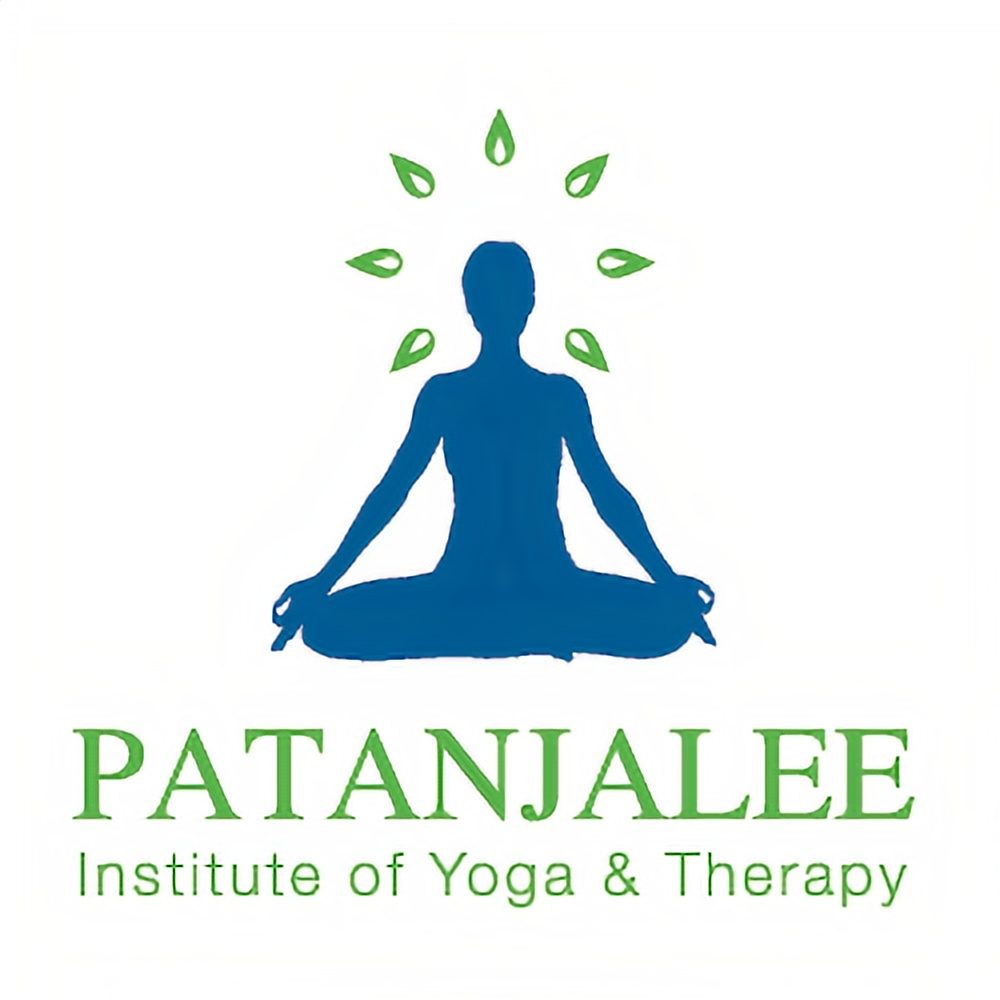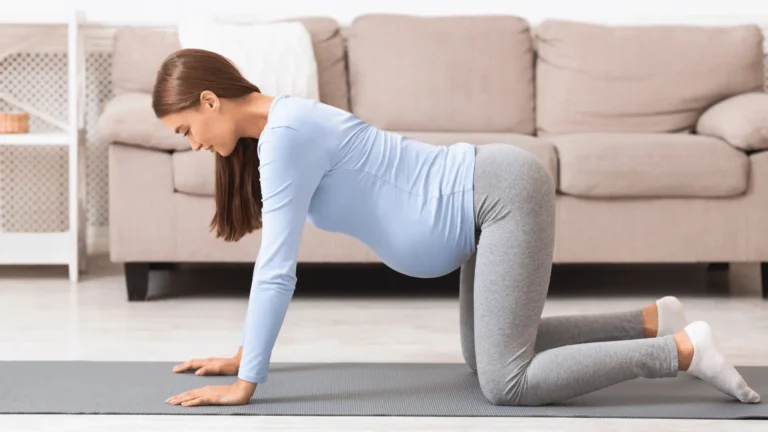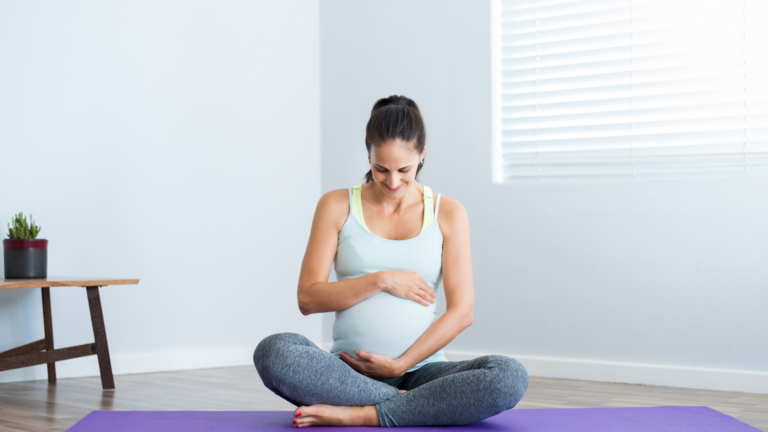What Are Some Standing Poses For Prenatal Yoga?
Pregnancy is a remarkable journey that brings with it a host of physical and emotional changes. As the body evolves to support the growth of a new life, expectant mothers often seek ways to maintain their physical health, manage stress, and prepare for the rigors of childbirth. Online pregnancy yoga classes has emerged as a highly beneficial practice that addresses these needs, providing a gentle yet effective way to stay active, flexible, and centered during pregnancy. Among the various components of prenatal yoga, standing poses hold particular significance. These poses help build strength, enhance balance, and promote overall well-being, making them an essential part of any prenatal yoga routine.
In this comprehensive guide, we will explore a range of standing poses specifically tailored for pregnant women. We will delve into the benefits of each pose, provide step-by-step instructions on how to perform them, and offer modifications to ensure safety and comfort at every stage of pregnancy. Whether you are a seasoned yogi or new to the practice, this guide will help you incorporate standing poses into your prenatal yoga routine, supporting a healthy and balanced pregnancy journey.
Benefits of Prenatal Yoga
Prenatal yoga offers a myriad of benefits tailored to the needs of pregnant women. Here are some of the key advantages:
- Strength Building: Yoga helps strengthen muscles, particularly in the legs, back, and pelvic floor, which are essential for supporting the additional weight of pregnancy and preparing for childbirth.
- Increased Flexibility: Gentle stretching in yoga maintains and improves flexibility, reducing discomfort and making daily movements easier. Joining online yoga classes for flexibility to practice yoga poses to increase flexibility. Regardless of your experience level, you will likely start noticing yoga’s benefits relatively quickly. A study found that participants improved their flexibility by up to 35% after just eight weeks of consistent practice.
- Enhanced Balance: As the body’s center of gravity shifts, maintaining balance becomes challenging. Standing poses help improve stability and coordination.
- Stress Reduction: Yoga promotes relaxation and mindfulness, which can reduce stress and anxiety, fostering a sense of calm and well-being. You can read our blog on “ Does Yoga Reduce Pregnancy Stress? “
- Alleviation of Discomforts: Prenatal yoga can alleviate common pregnancy discomforts such as back pain, hip pain, and swelling in the legs and feet.
- Preparation for Labor: Many yoga poses and breathing techniques help prepare the body and mind for labor and delivery, potentially making the birthing process smoother.
- Improved Circulation: Yoga helps enhance blood flow, reducing the risk of swelling and varicose veins.
Important Considerations for Prenatal Yoga
While prenatal yoga is highly beneficial, it’s crucial to practice safely to avoid injury and ensure the well-being of both mother and baby. Here are some essential considerations:
- Consult with a Healthcare Provider: Before starting any new exercise regimen during pregnancy, it’s important to get approval from your healthcare provider.
- Listen to Your Body: Pregnancy is not the time to push through discomfort. If a pose feels uncomfortable or causes pain, modify it or skip it altogether.
- Stay Hydrated: Keep a water bottle nearby and drink plenty of fluids before, during, and after your yoga practice.
- Avoid Overstretching: Pregnancy hormones can increase joint flexibility, leading to a higher risk of overstretching. Be mindful and avoid pushing beyond your comfort zone.
- Modify Poses: Use props such as blocks, straps, and bolsters to modify poses for comfort and safety. Adjust your practice as your body changes throughout pregnancy.
- Focus on Stability: Prioritize poses that enhance balance and stability to prevent falls or injuries.
Standing Poses for Prenatal Yoga
Standing poses are foundational in prenatal yoga, providing strength, balance, and endurance. Here’s an in-depth look at some of the best standing poses for expectant mothers, along with their benefits, instructions, and modifications.
1. Mountain Pose (Tadasana)

Benefits:
- Improves posture and balance.
- Strengthens the legs and back.
- Promotes a sense of grounding and stability.
How to Perform:
- Stand with your feet hip-width apart, grounding through all four corners of your feet.
- Engage your thighs and lift your kneecaps without locking your knees.
- Lengthen your spine, reaching the crown of your head toward the ceiling.
- Relax your shoulders away from your ears.
- Breathe deeply and hold the pose for several breaths.
Modifications:
- Use a wall for support if needed to maintain balance.
2. Warrior I (Virabhadrasana I)

Benefits:
- Strengthens the legs, hips, and core.
- Open the chest and shoulders.
- Improves focus and concentration.
How to Perform:
- From Mountain Pose, step your left foot back about 3-4 feet, keeping your right foot forward.
- Turn your left foot out about 45 degrees and bend your right knee, aligning it over your ankle.
- Square your hips and shoulders toward the front.
- Raise your arms overhead, reaching toward the ceiling with palms facing each other.
- Hold the pose for several breaths before switching sides.
Modifications:
- Keep your stance shorter if you experience discomfort in your hips or lower back.
- Use a chair or wall for balance.
3. Warrior II (Virabhadrasana II)

Benefits:
- Strengthens the legs and arms.
- Increases stamina and endurance.
- Opens the hips and chest.
How to Perform:
- From Mountain Pose, step your feet wide apart, about 3-4 feet.
- Turn your right foot out 90 degrees and your left foot slightly in.
- Bend your right knee over your right ankle, keeping your left leg straight.
- Extend your arms out to the sides, parallel to the floor, with palms facing down.
- Gaze over your right hand and hold the pose for several breaths before switching sides.
Modifications:
- Shorten your stance if needed for stability.
- Use a chair for support if you feel unsteady.
4. Triangle Pose (Trikonasana)

Benefits:
- Stretches and strengthens the legs.
- Opens the hips and chest.
- Improves digestion and relieves back pain.
How to Perform:
- From Warrior II, straighten your right leg.
- Shift your hips back as you reach your right hand forward, then lower your right hand to your shin, ankle, or a block.
- Extend your left arm toward the ceiling, stacking your shoulders.
- Gaze at your left hand or down at the floor, whichever is comfortable for your neck.
- Hold the pose for several breaths before switching sides.
Modifications:
- Use a block for support under your bottom hand.
- Keep a slight bend in your front knee if you feel any discomfort.
5. Extended Side Angle Pose (Utthita Parsvakonasana)

Benefits:
- Strengthens the legs, knees, and ankles.
- Stretches the hips, groin, and shoulders.
- Increases stamina.
How to Perform:
- From Warrior II, bend your right knee and bring your right forearm to your thigh.
- Extend your left arm over your head, creating a straight line from your left foot to your fingertips.
- Open your chest and gaze up at your left hand or straight ahead.
- Hold the pose for several breaths before switching sides.
Modifications:
- Use a block under your bottom hand for support.
- Rest your forearm on your thigh instead of reaching to the floor.
6. Goddess Pose (Utkata Konasana)

Benefits:
- Strengthens the legs, hips, and core.
- Opens the hips and chest.
- Improves balance and stability.
How to Perform:
- Stand with your feet wide apart, toes turned out at a 45-degree angle.
- Bend your knees, lowering your hips into a squat position.
- Bring your arms to a cactus position, elbows bent at 90 degrees.
- Engage your core and hold the pose for several breaths.
Modifications:
- Use a wall for support behind you.
- Sit on a block or bolster if needed for comfort.
7. Tree Pose (Vrksasana)

Benefits:
- Improves balance and stability.
- Strengthens the legs and core.
- Enhances focus and concentration.
How to Perform:
- From Mountain Pose, shift your weight onto your left foot.
- Place your right foot on your inner left thigh or calf (avoid the knee).
- Bring your hands to your heart or raise them overhead.
- Hold the pose for several breaths, then switch sides.
Modifications:
- Use a wall or chair for support if needed.
- Keep your toes on the ground with your heel against your ankle for added stability.
8. Chair Pose (Utkatasana)

Benefits:
- Strengthens the legs, back, and core.
- Improves balance and stability.
- Energizes the body.
How to Perform:
- Stand with your feet hip-width apart.
- Bend your knees and lower your hips as if sitting in a chair.
- Raise your arms overhead, keeping your shoulders relaxed.
- Engage your core and hold the pose for several breaths.
Modifications:
- Keep your feet wider apart for better balance.
- Use a wall behind you for support.
9. Half Moon Pose (Ardha Chandrasana)

Benefits:
- Strengthens the legs, core, and back.
- Improves balance and coordination.
- Stretches the hamstrings and opens the hips.
How to Perform:
- From Triangle Pose, bend your front knee and place your front hand a few inches in front of your foot, either on the floor or a block.
- Shift your weight onto your front foot and lift your back leg parallel to the floor.
- Open your hips and chest, extending your top arm toward the ceiling.
- Hold the pose for several breaths before switching sides.
Modifications:
- Use a block for support under your bottom hand.
- Practice near a wall for added stability.
10. Reverse Warrior (Viparita Virabhadrasana)

Benefits:
- Strengthens the legs and core.
- Stretches the side body and opens the chest.
- Improves balance and coordination.
How to Perform:
- From Warrior II, turn your front palm up and reach it toward the ceiling.
- Slide your back hand down your back leg.
- Gaze up at your raised hand and hold the pose for several breaths before switching sides.
Modifications:
- Use a chair or wall for balance.
- Keep a slight bend in your front knee if needed.
Tips for a Safe and Effective Prenatal Yoga Practice
- Warm-Up: Always start with a gentle warm-up to prepare your body for the practice.
- Focus on Breath: Deep, mindful breathing is essential. It helps calm the mind, increases oxygen flow, and supports relaxation.
- Modify as Needed: Don’t hesitate to modify poses to suit your comfort level. Use props like blocks, straps, or a wall for support.
- Avoid Inversions: Inversions and poses that require lying flat on your back for extended periods should be avoided, especially after the first trimester.
- Cool Down: End your practice with a cool-down period, including gentle stretches and relaxation poses like Savasana (Corpse Pose) with modifications. Shavasana is usually done for 5–10 minutes at the end of a yoga session, but it can be extended to 20–30 minutes for deeper relaxation.
Boosting Emotional Resilience
Standing poses in prenatal yoga not only strengthen the body but also nurture emotional resilience. Pregnancy can sometimes bring mood swings, anxiety, or self-doubt. Practicing grounding postures like Mountain Pose or Tree Pose helps expectant mothers feel more centered and emotionally balanced. According to research published in the Indian Journal of Psychiatry, yoga practices are linked to a significant reduction in stress and anxiety during pregnancy, contributing to a calmer and more positive mindset.
Supporting Baby’s Development
What’s good for the mother is often good for the baby, too. Standing poses enhance circulation, improve oxygen supply, and support better digestion—all of which positively influence the baby’s growth and nourishment. A study by the All India Institute of Medical Sciences (AIIMS) found that women who practiced prenatal yoga experienced improved birth weights and reduced pregnancy complications compared to those who did not. These benefits highlight how a simple yoga practice can contribute to a healthier, happier journey for both mother and child.
Reduced Stress & Anxiety Among Indian Mothers
Prenatal yoga has shown a direct impact on mental well-being in India. A multicenter tele-yoga study (2024) conducted across India found that after a 4-week yoga program, stress and anxiety levels in expectant mothers dropped dramatically—only 19.8% continued to report anxiety compared to much higher rates before practice .
Standing poses like Tree Pose (Vrksasana) and Mountain Pose (Tadasana) help build inner calm, giving mothers resilience to face pregnancy challenges with confidence.
Conclusion
Prenatal yoga, particularly standing poses, offers numerous benefits to expectant mothers. These poses help build strength, improve balance, and enhance flexibility, all while promoting relaxation and reducing stress. By incorporating these standing poses into your routine, you can support your body through the changes of pregnancy and prepare for the demands of childbirth. Always remember to listen to your body, modify as needed, and consult with your healthcare provider before starting any new exercise regimen. Embrace the journey of pregnancy with the support and strength that prenatal yoga provides.
Standing poses are foundational to a prenatal yoga practice, offering strength, balance, and endurance that are crucial for a healthy pregnancy. Each pose can be modified to suit the changing needs of the pregnant body, ensuring safety and comfort. By integrating these standing poses into a regular yoga routine, expectant mothers can nurture their physical, mental, and emotional well-being, preparing for a smoother pregnancy and childbirth experience. Remember to always practice mindfulness and self-compassion, honoring the incredible journey of bringing new life into the world.




